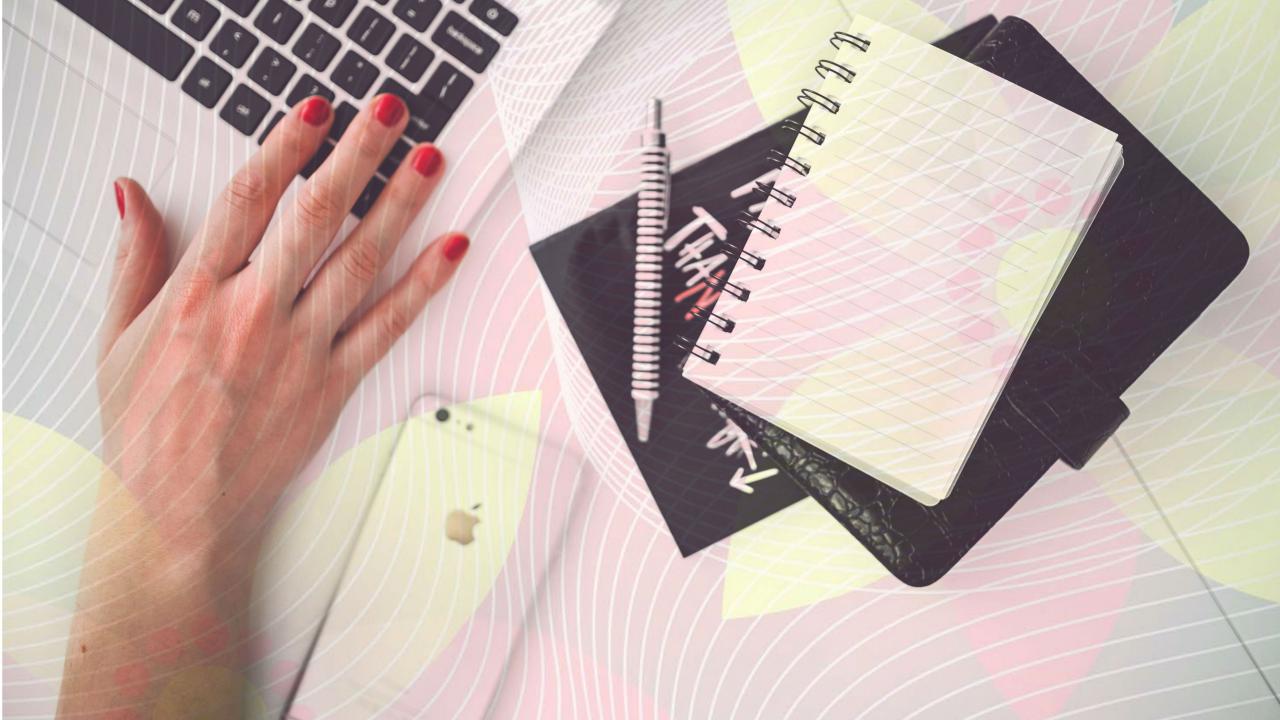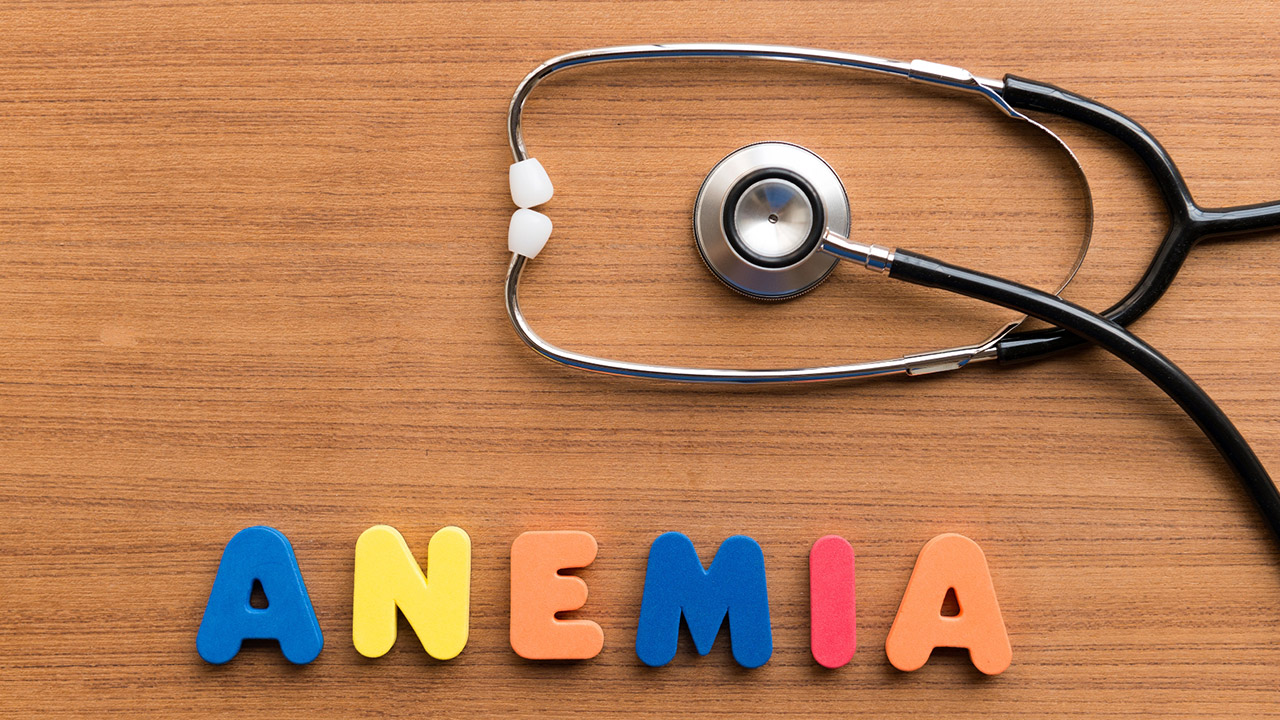 Photo: Getty Images
Photo: Getty Images
In a previous article, I wrote about my experience with a student who was diagnosed with obsessive compulsive disorder (OCD). About one in 10 children and adolescents suffer from this disorder that causes unwanted thoughts that the patient then tries to control with rituals like excessive hand-washing. As I was helping my student manage his treatment plan for the classroom, I had no idea that what I was learning would also help my own son, Patrick. He has given me permission to tell his story, in the hope that it will help other teens like him.
Patrick was a sophomore in high school when one day I was stopped, cold. Sitting across the dinner table from him, I was able to see quite clearly that no eyelashes remained on his left eyelid! My reaction, I admit, was not the best. I fired one question after another at him. “When did you do that? Did you use tweezers? What do you mean, you can’t remember?”
Soon after, the eyebrows grew sparse and most of the lashes on the other eye disappeared. I quickly realized that, just like my former student, this was a behavior my son could not control. So, I made an appointment with our family doctor, fully expecting to hear a diagnosis of OCD. Much to my surprise, the doctor explained that although the eyebrow and eyelash pulling was an unwanted behavior, it was not disruptive to his everyday life and could not be labeled as OCD. It did not, for example, make him late for school on a regular basis. Our long-time family doctor ruled out OCD, but provided me with information on a broader topic—anxiety disorder—which also includes OCD, panic attacks, and post traumatic stress disorder.
According to the National Institute of Mental Health, anxiety disorder is prevalent in 25 percent of children aged 13 to 18 years old. It is recommended that children and adolescents who are suffering from anxiety disorder start with a health check-up. After that, the primary care doctor may make a referral to a psychologist or psychiatrist. A mental health therapist often uses cognitive-behavior therapy (CBT) to teach the patient various ways to respond to stress, including breathing and relaxation techniques.
As it turned out, my busy, intelligent, strong teenager was unable to effectively deal with stress. We talked until we were able to identify when this unconscious desire to pull at his eyelashes and eyebrows began. Always the perfectionist, Patrick was spending hours with a thick book, reviewing practice questions for the college SATs. I made sure that book disappeared! Most important, though, was the advice from his doctor regarding managing stress and identifying when stressful thoughts were occurring in his busy life. When worries about school, grades, and exams started to enter his mind, Pat learned to “take a deep breath and blow out the candles.”
Unfortunately, he continued to pull at his eyelashes and eyebrows. I decided to seek advice from the same trusted school psychologist who had been so helpful with my OCD student. She had two wonderful pieces of advice: Patrick should talk with a psychologist, so that depression could be ruled out, and he should begin wearing a rubber band around his wrist. Patrick could snap the rubber band whenever he felt the compulsion to pick at his eyes or eyebrows. The rubber band snap, she explained, would interrupt that undesired behavior.
Two years later, our son has beautiful, long, curly eyelashes, and nicely thick eyebrows. He is headed to college this August, and continues to sport a red rubber band around his right wrist.
Sources:
http://www.nimh.nih.gov/statistics/1ANYANX_child.shtml
http://www2.massgeneral.org/schoolpsychiatry/info_Anxiety.asp
http://kidshealth.org/teen/your_mind/mental_health/anxiety.html?tracking=T_RelatedArticle
http://allpsych.com/disorders/anxiety/index.html






Add a Comment3 Comments
People with Generalized Anxiety Disorder
April 25, 2011 - 11:11pmalso have more tendencies to come in conflicts with other people. They are also very hard on themselves and they choose to evade situations that result to fear, worry or anxiety.
This Comment
One day when my daughter was sitting in tenth grade English class, she felt sick to her stomach and didn't have time to run to the rest room so she threw up in the waste basket in front of the teacher's desk.
Unfortunately, kids can be cruel and teased her about it for days. This incident causes a series of problems including panic attacks, agoraphobia, and the beginning of anorexia. Luckily, we found the right counselor and within a year, she was able to go to school without almost passing in the shower every morning.
It's so important as parents to keep an eye on our kids and take their anxiousness seriously.
Thanks for this article. So glad to hear Patrick is better.
April 17, 2011 - 2:21pmThis Comment
Vonnie, I am relieved to hear you and your daughter found a good counselor. My best wishes to you and your daughter!
April 18, 2011 - 8:22pmThis Comment